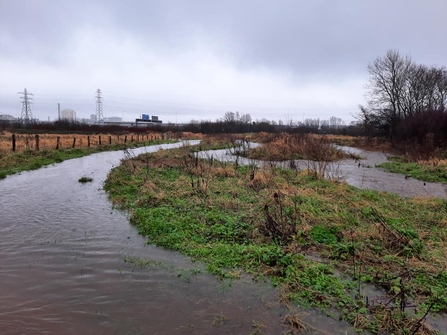Wetland habitats take many forms, from peat bogs through to floodplain meadows and vast reedbeds. Whether fed by rain or groundwater, these wet habitats all need a water supply to create the conditions that keep their soils, vegetation and resident species happy and healthy. The UK has lost a startling 90% of former wetlands, often by draining them to make way for agriculture, development, forestry and other land uses.
This is bad for biodiversity, because around 40% of the world’s wildlife relies on freshwater wetlands. UK wetlands now cover just 3% of the landscape, yet a tenth of species still make their home in them, and countless other creatures use wetlands to breed, hunt or forage for food. Our wet grasslands are where lapwing, curlew and snipe nest, and bats swoop over watercourses and wetlands, feeding on the swarms of insects that emerge from them. Dragonflies, damselflies and amphibians can all be found across ponds and marshes in Northern Ireland.
Wetlands are clearly important for many wild plants and animals, but we also rely on them. They provide ‘services’ that society needs, and without them, we struggle. The problems we face are set to intensify as our climate shifts and our settlements expand, unless we take urgent action to reverse these wetland losses. Here are just some of the essential services that wetlands provide:


